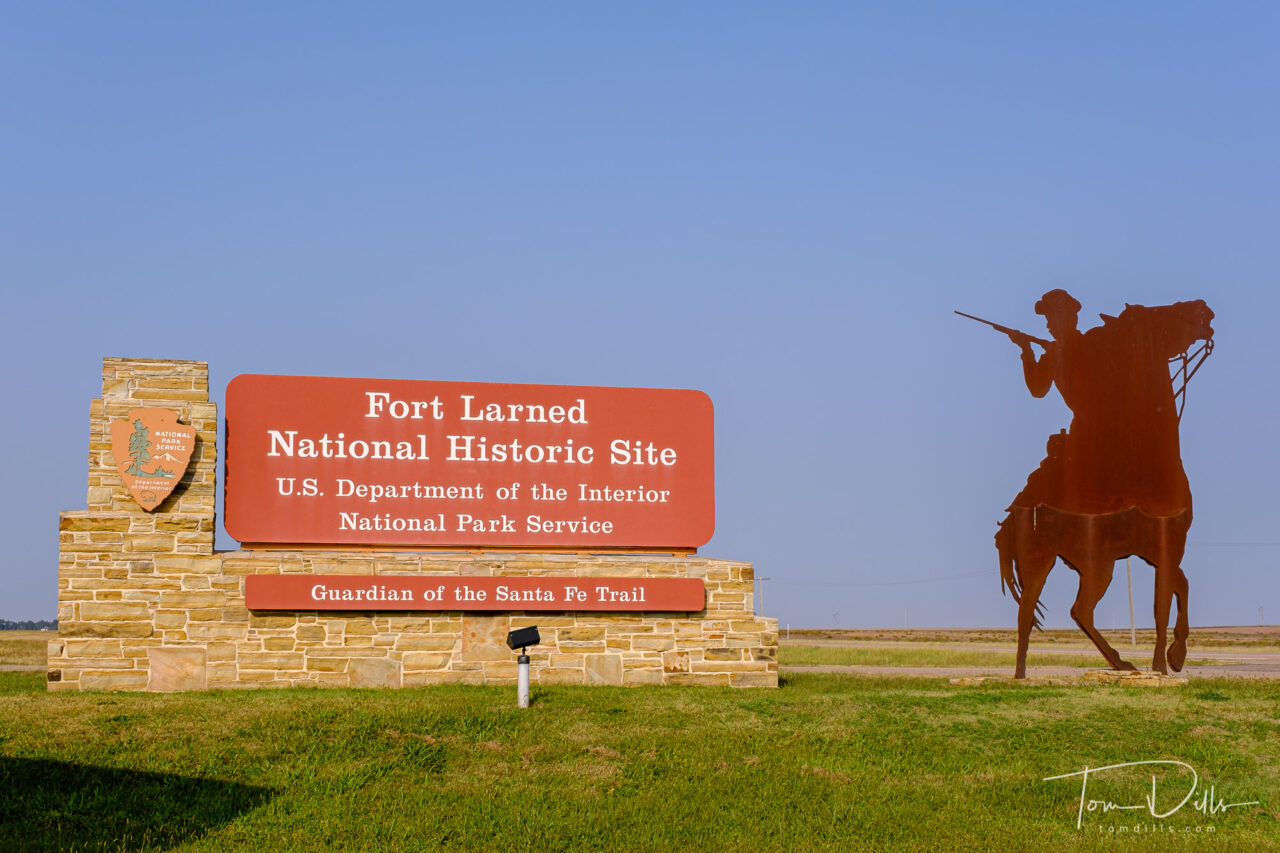
Fort Larned National Historic Site in Kansas was our final major stop on our way toward home from Fort Collins, CO. We had spent the previous night in Hays, Kansas and stopped for a picnic breakfast at the picnic area just outside the entrance to the park. While we were there, we only saw one car drive in, and it was a guy with a dog, both of whom needed to use the “facilities” but neither went to the fort.
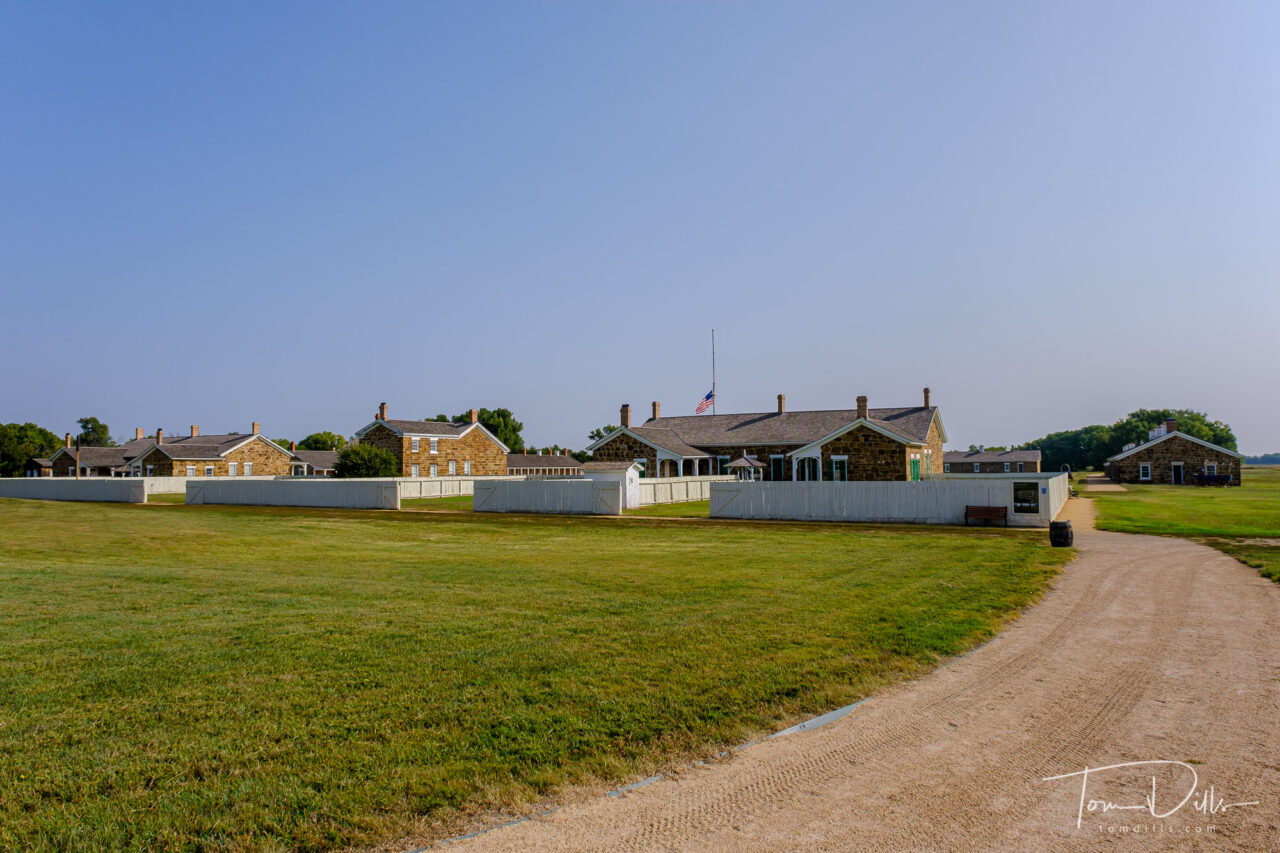
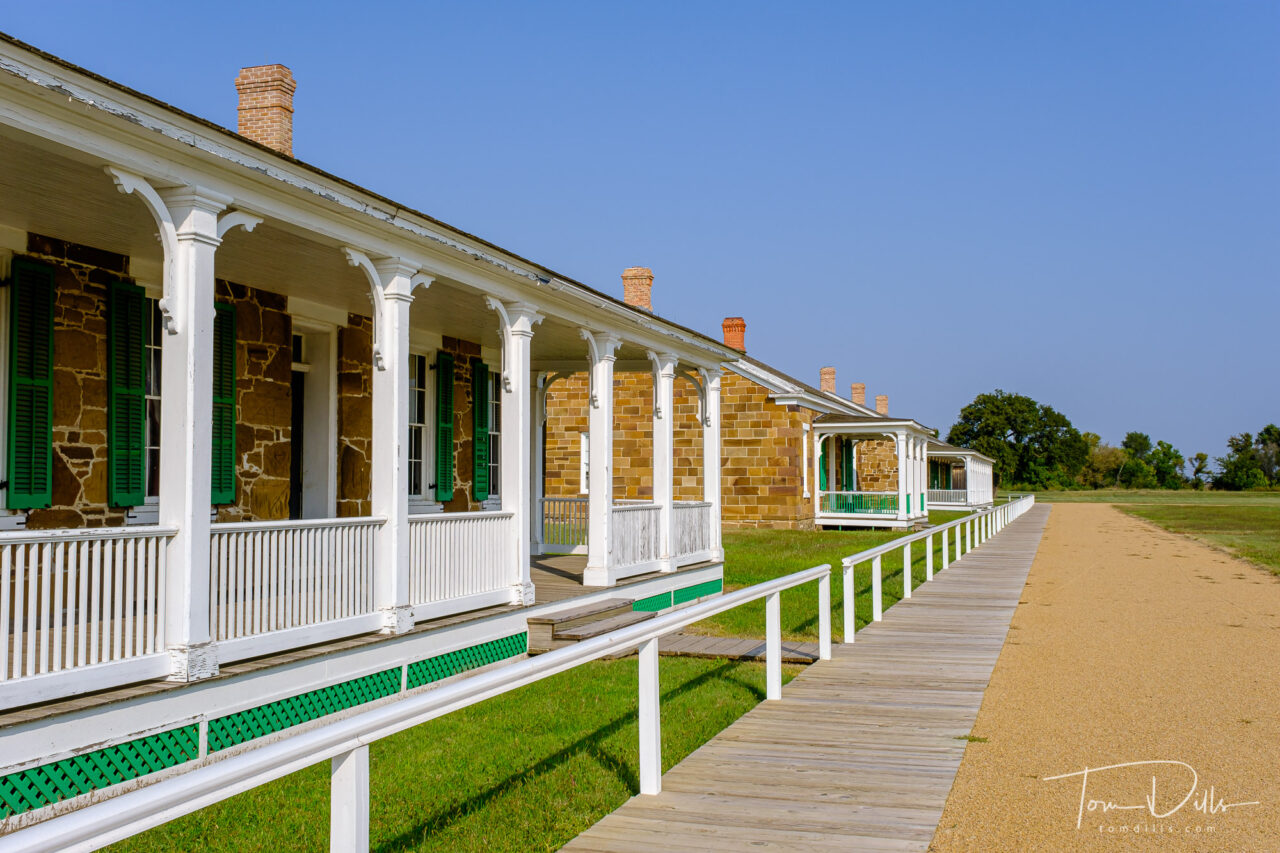
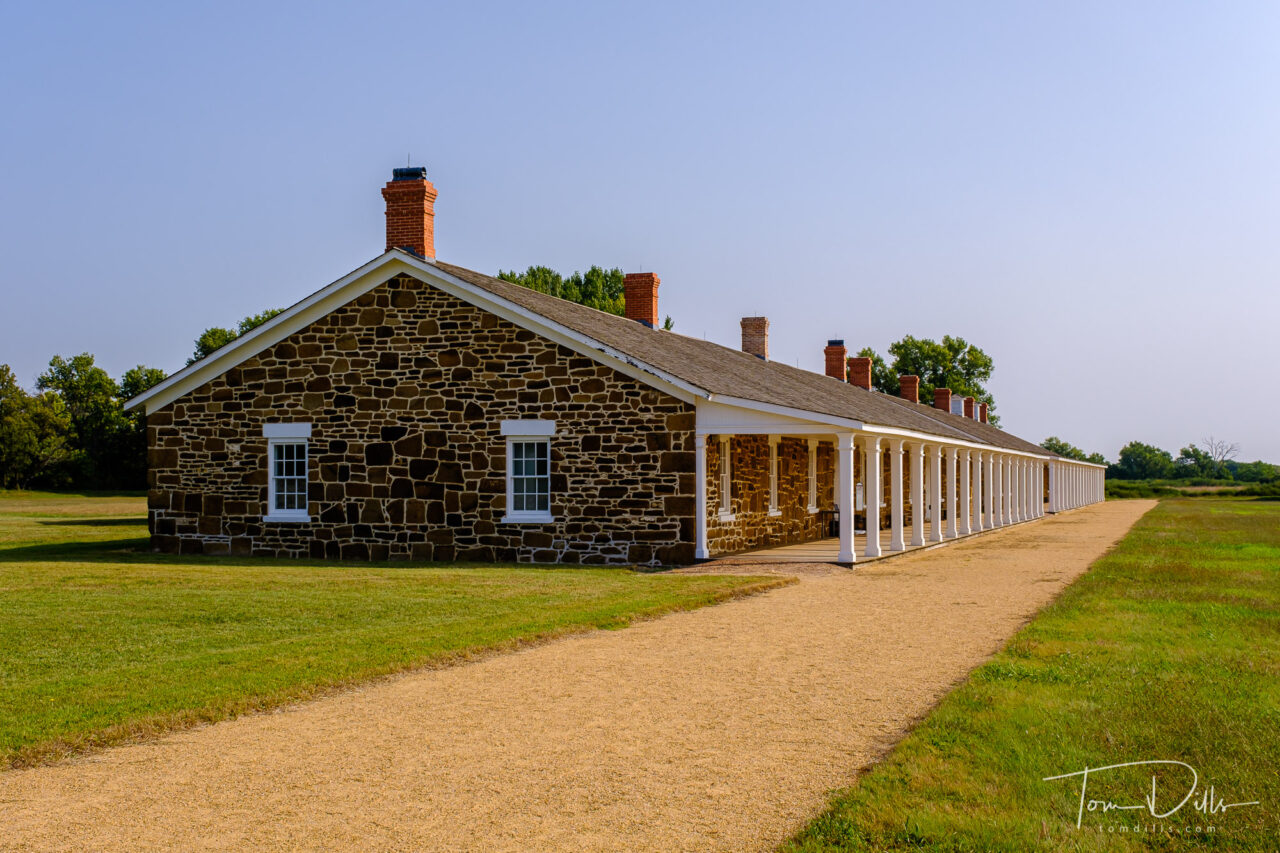
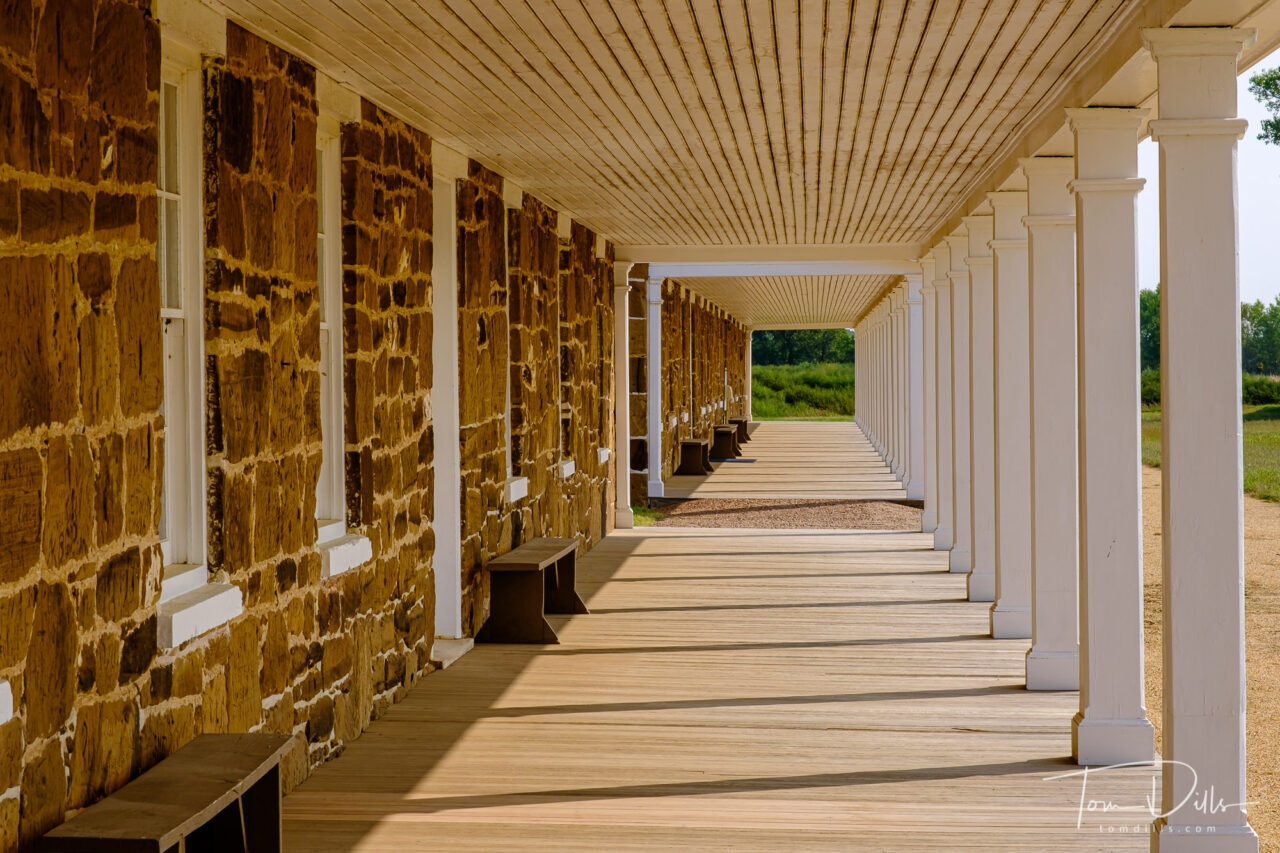
When we arrived in the parking lot for the fort, there were a few cars in the parking lot, but I have no idea who they belonged to. Other than a groundskeeper, who we only saw a few times and from a distance, we didn’t see another soul the whole time we were there. The metadata from my photos shows an hour and fifteen minutes between the first and last pictures. But all of the buildings were open for viewing, and the rangers had set up a little table to get stamps for our National Parks Passport.
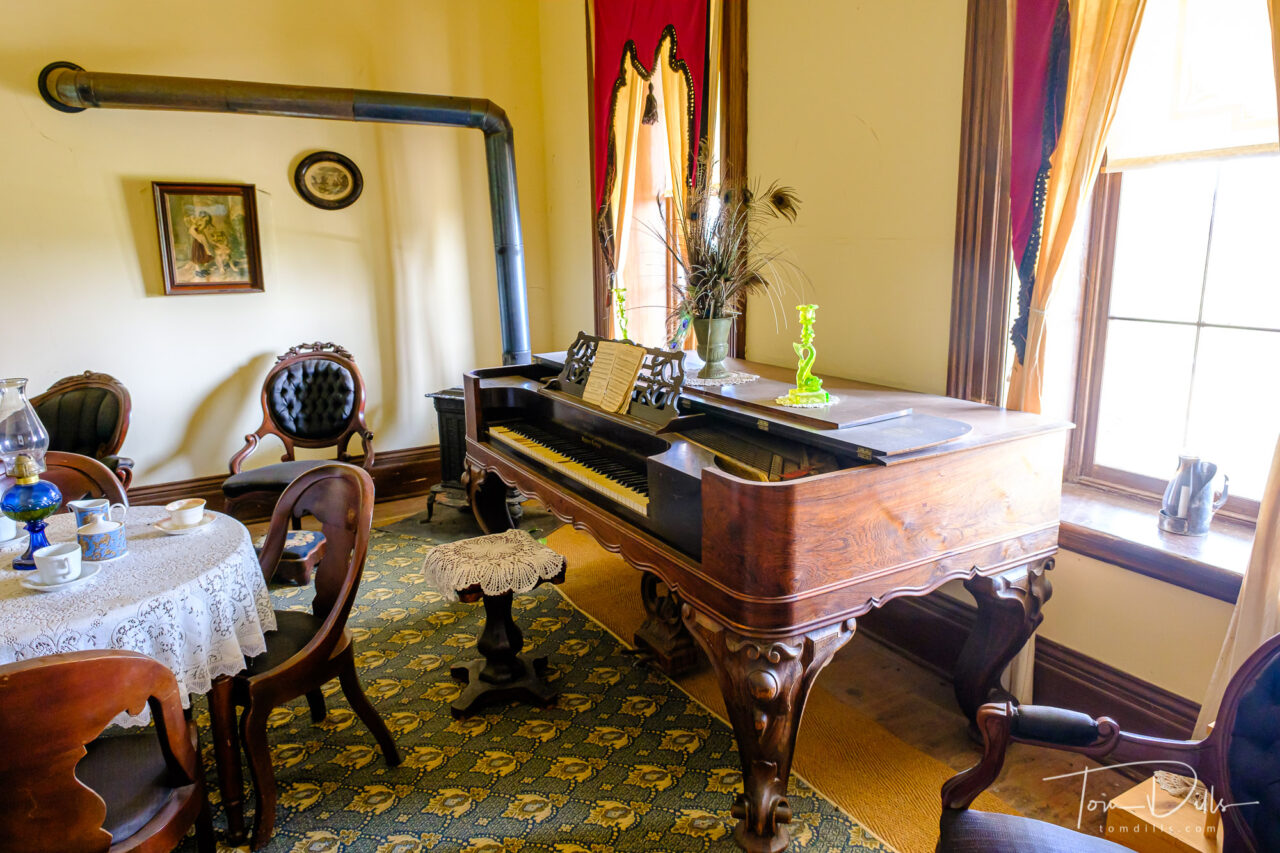
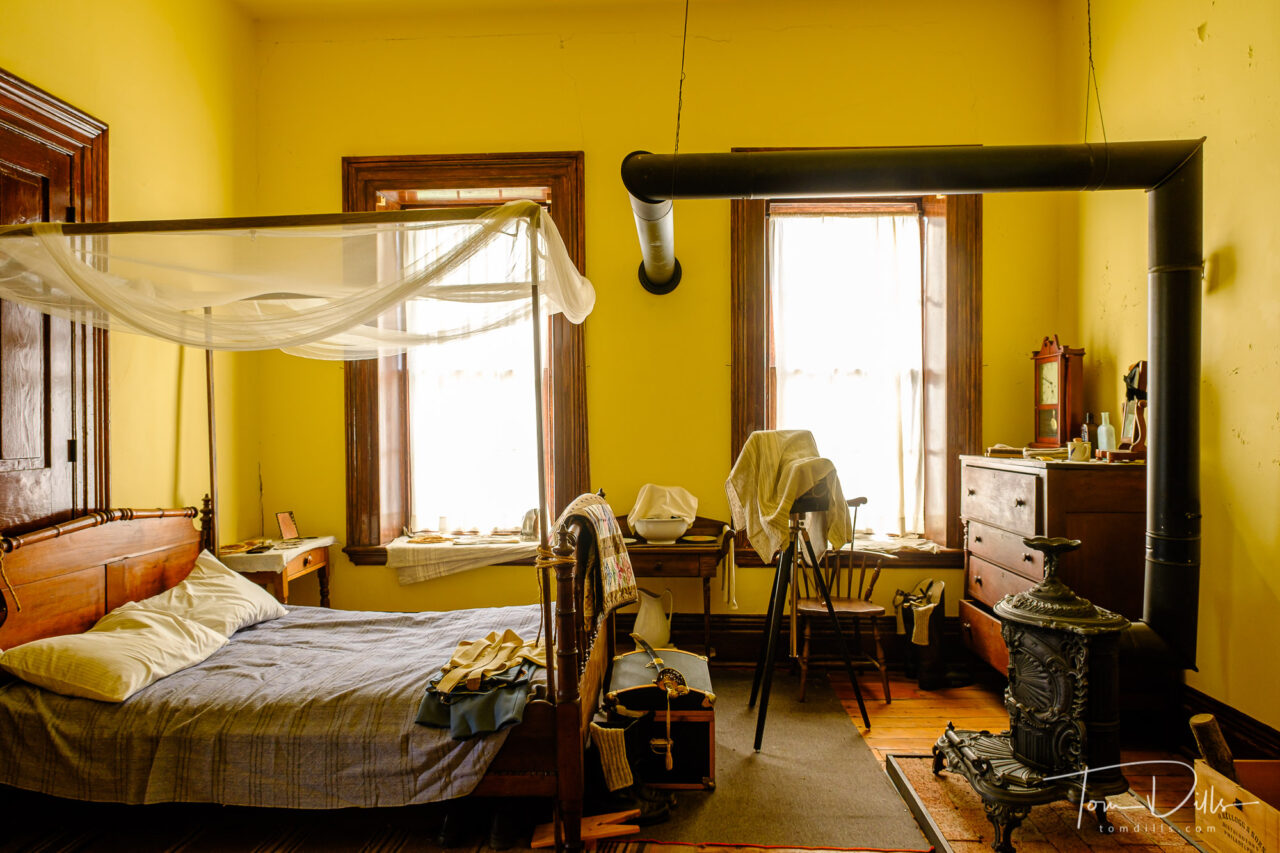
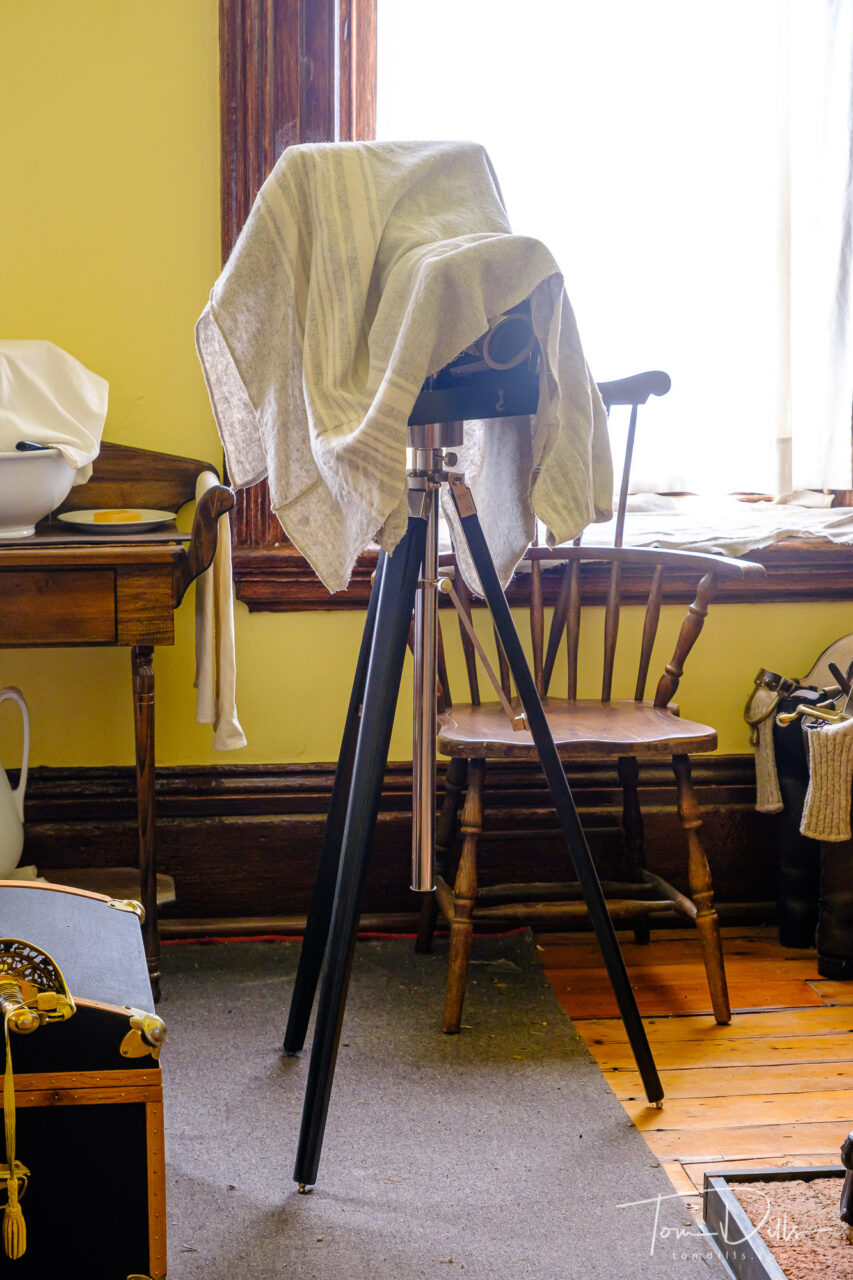
We visited a number of different historic sites on our western loop, and three of them were forts. Interestingly, all three of them were from different periods in our history, and each one served a unique purpose in its time. Fort Clatsop in Oregon was established by the Lewis and Clark Expedition in 1805 and was their quarters for the winter of 1805-1806. Fort Scott, which we visited later the same day as Fort Larned, was established in 1842 as one of a chain of forts intended to protect settlers from the Plains Indians, as well as to protect the Indians from the settlers’ encroachment.
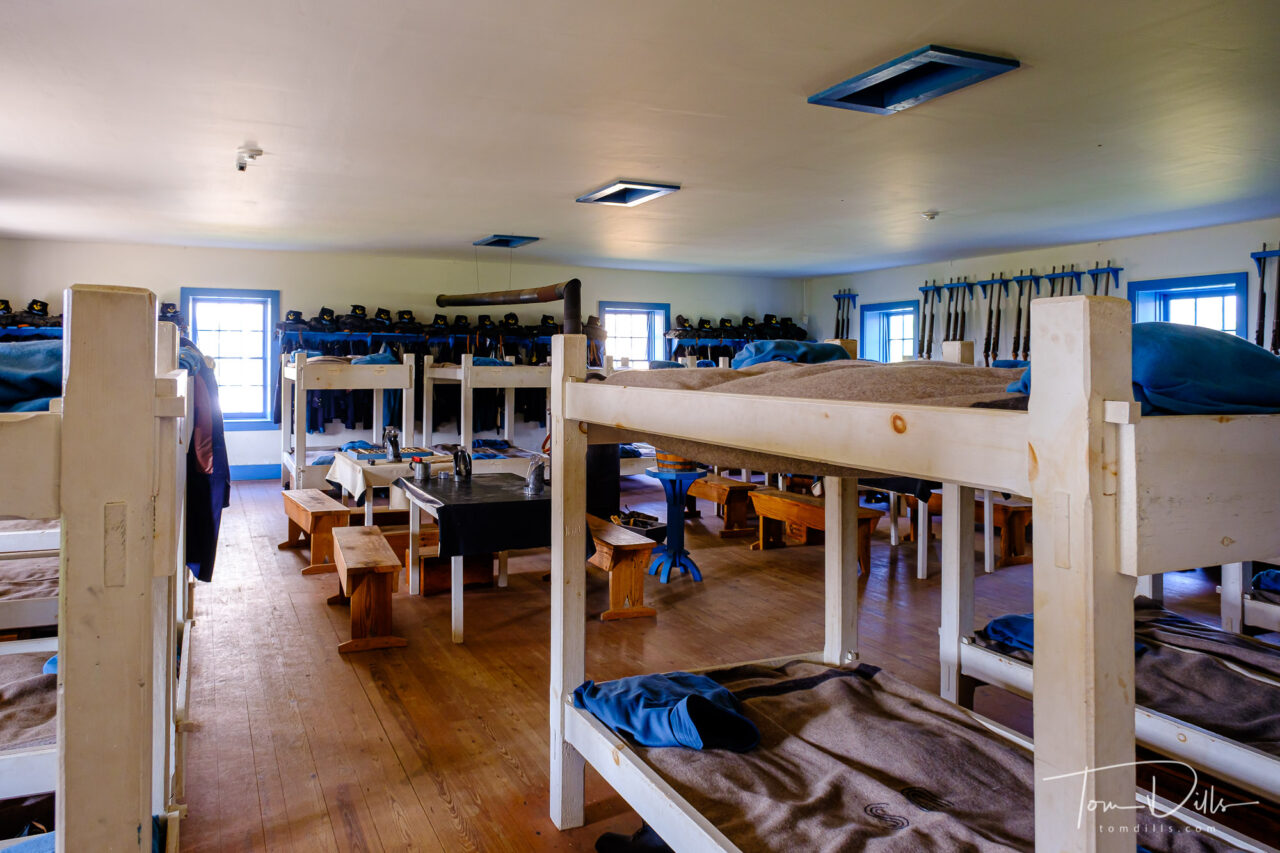
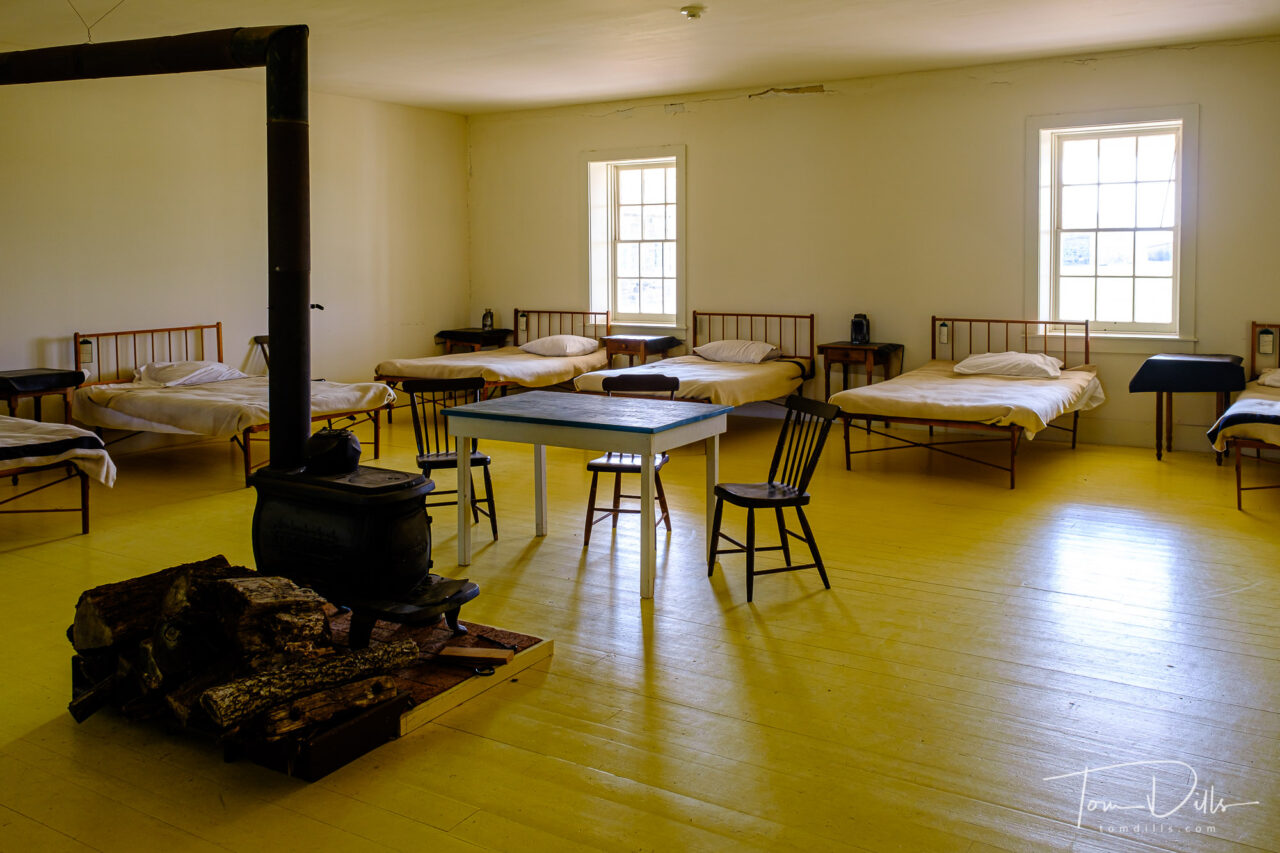
Fort Larned was originally established in 1859 as The Camp on Pawnee Fork. It was renamed Camp Alert in 1860 then moved to the current location and renamed Fort Larned, after Colonel Benjamin F. Larned, the paymaster general of the United States Army at the time the post was established. Fort Larned’s purpose was to protect traffic along the Santa Fe Trail.
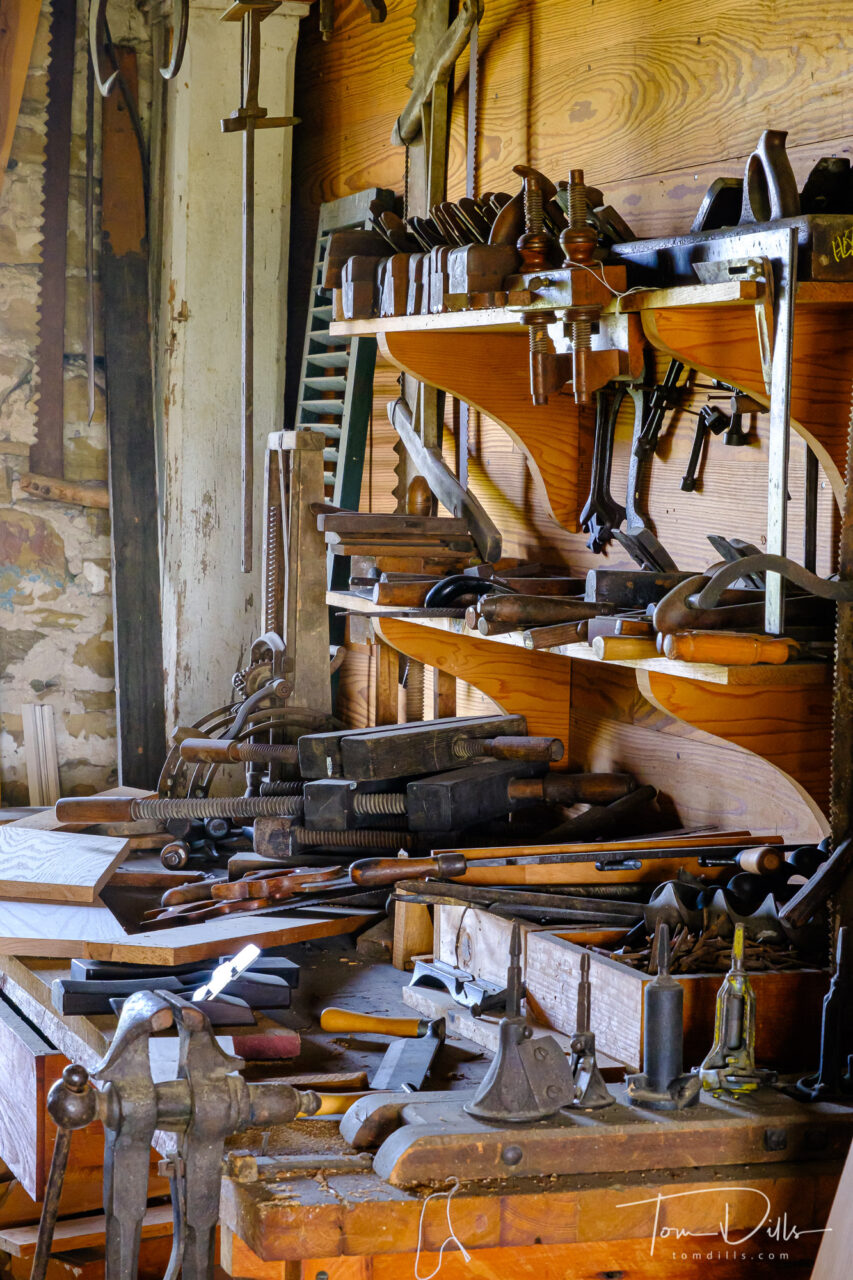
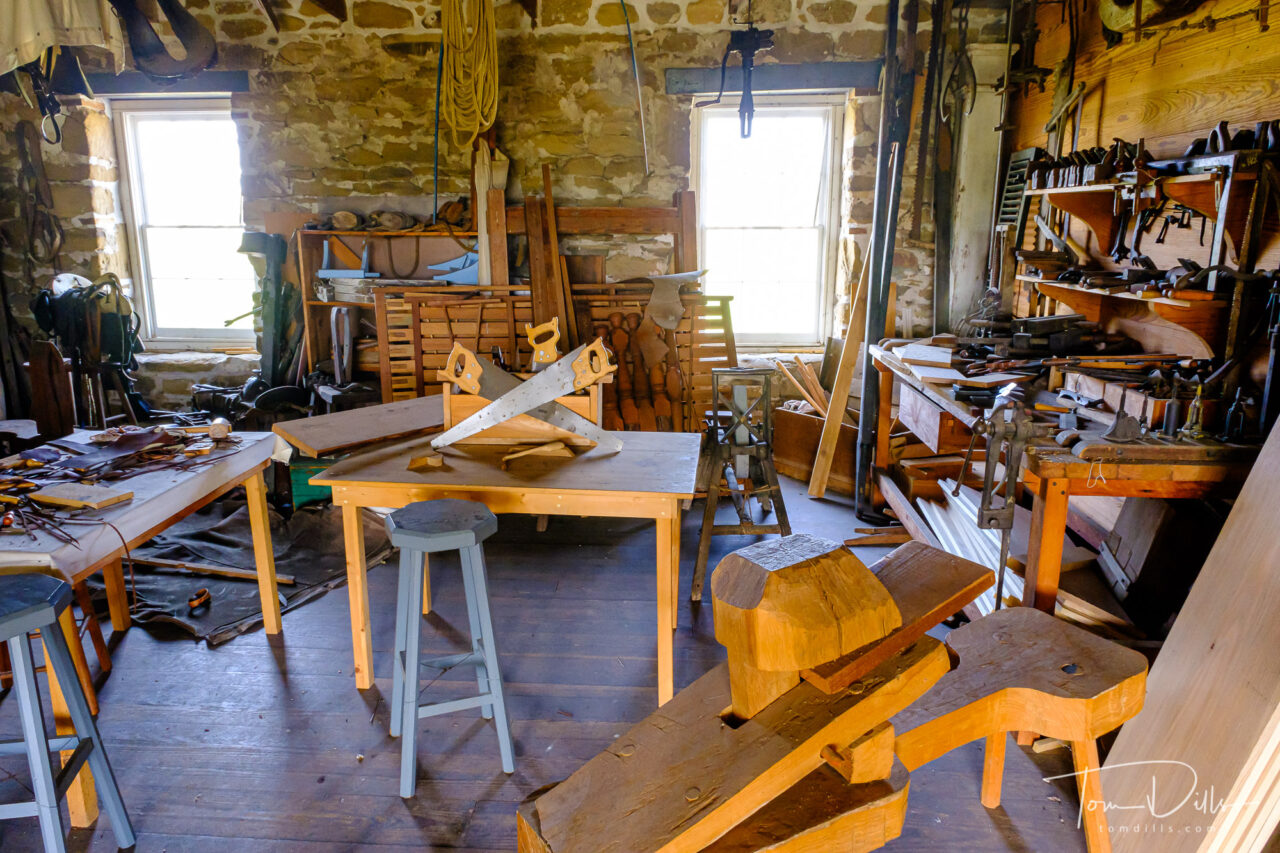
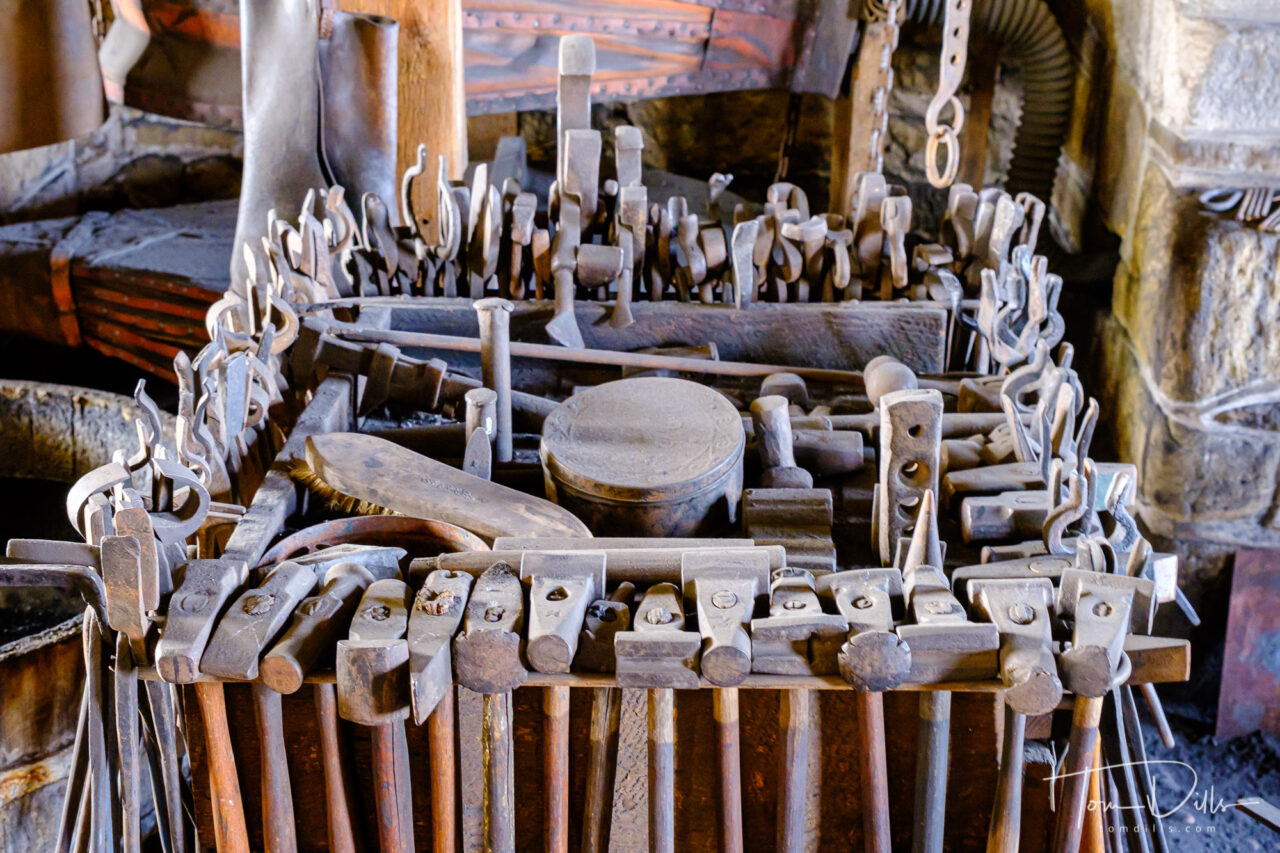
The park is very well done, with numerous buildings all restored and preserved in near-original condition and is a fine representation of a complete and authentic army post from the 1860s -1870s. This well-preserved fort on the Santa Fe Trail shares a tumultuous history of the Indian Wars era. The sandstone constructed buildings sheltered troops who were known as the Guardians of the Santa Fe Trail.
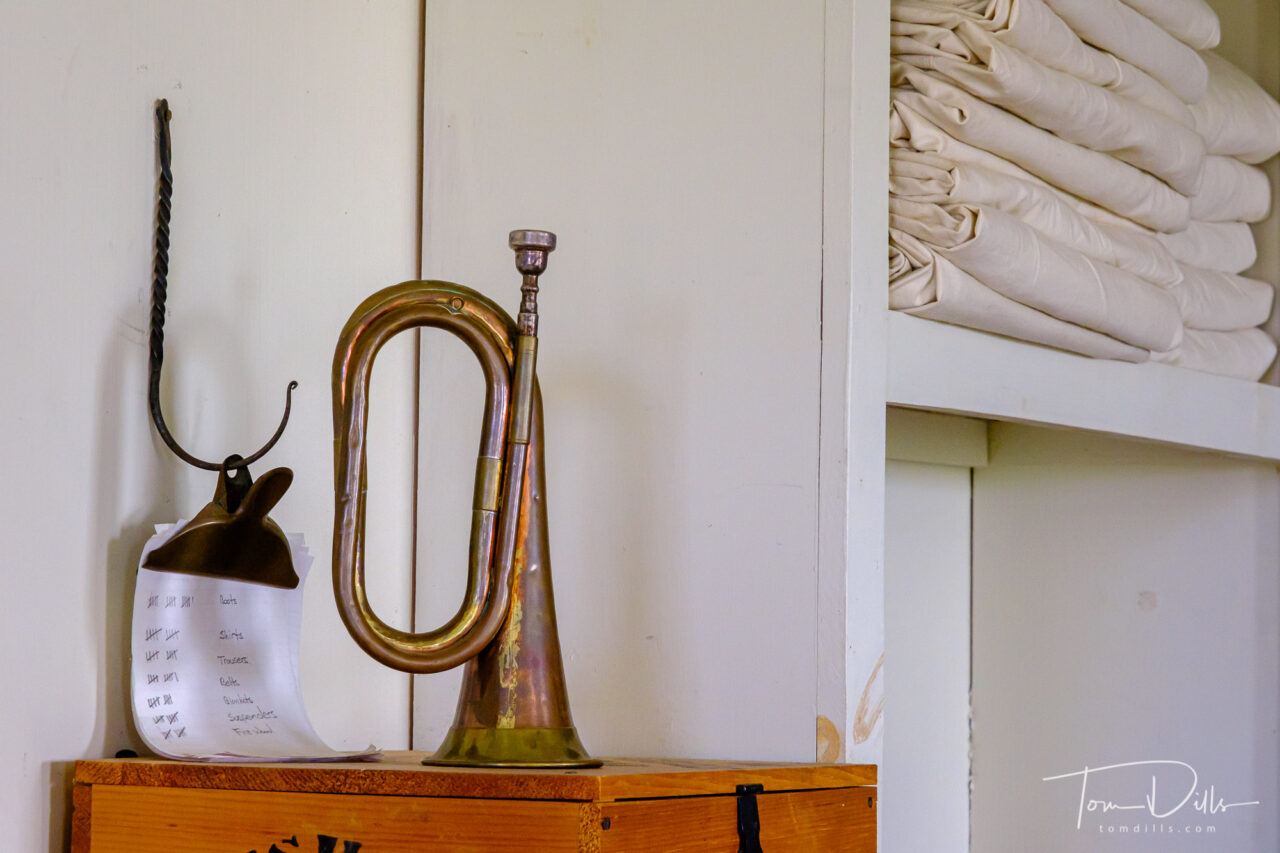
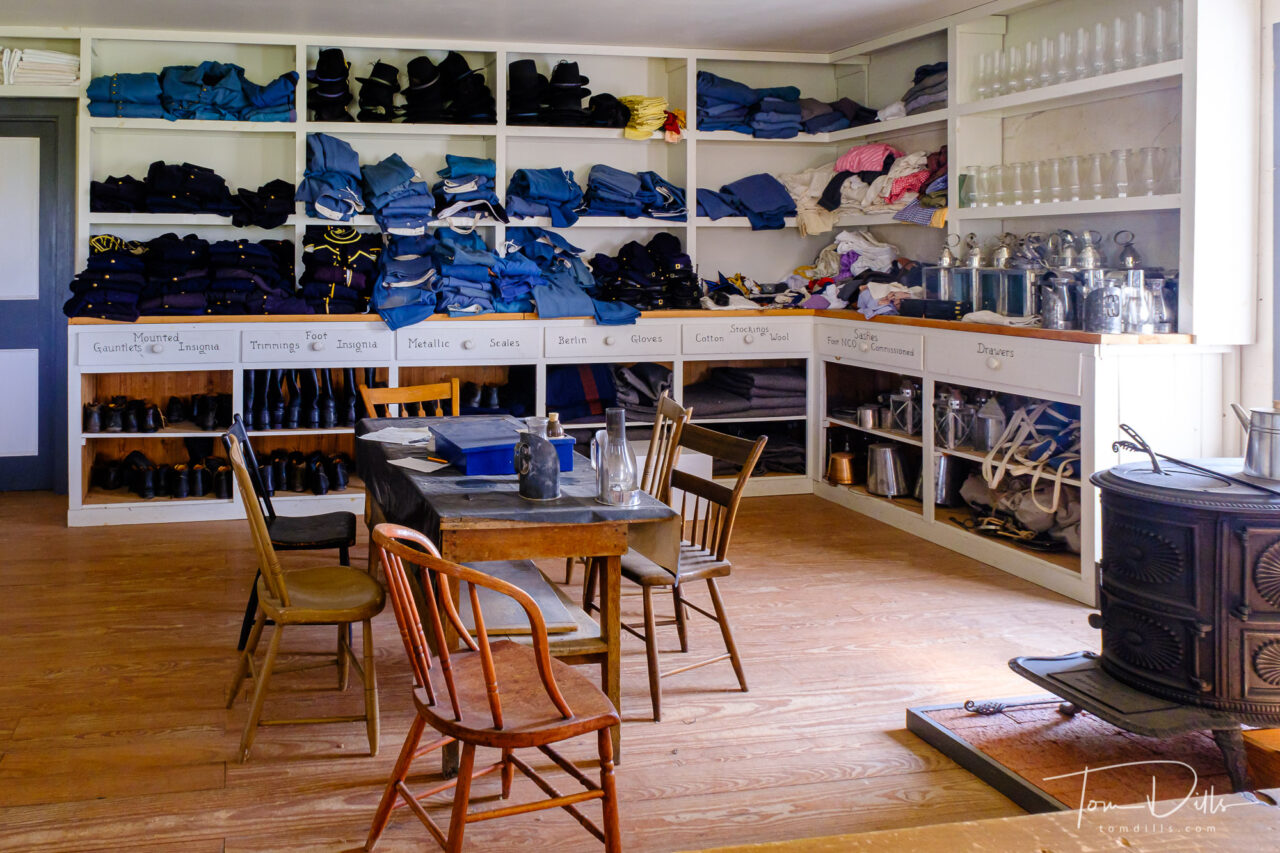
I’ve added a gallery of more photos from Fort Larned on my Adobe Portfolio site for anyone who wants to see more. Enjoy!
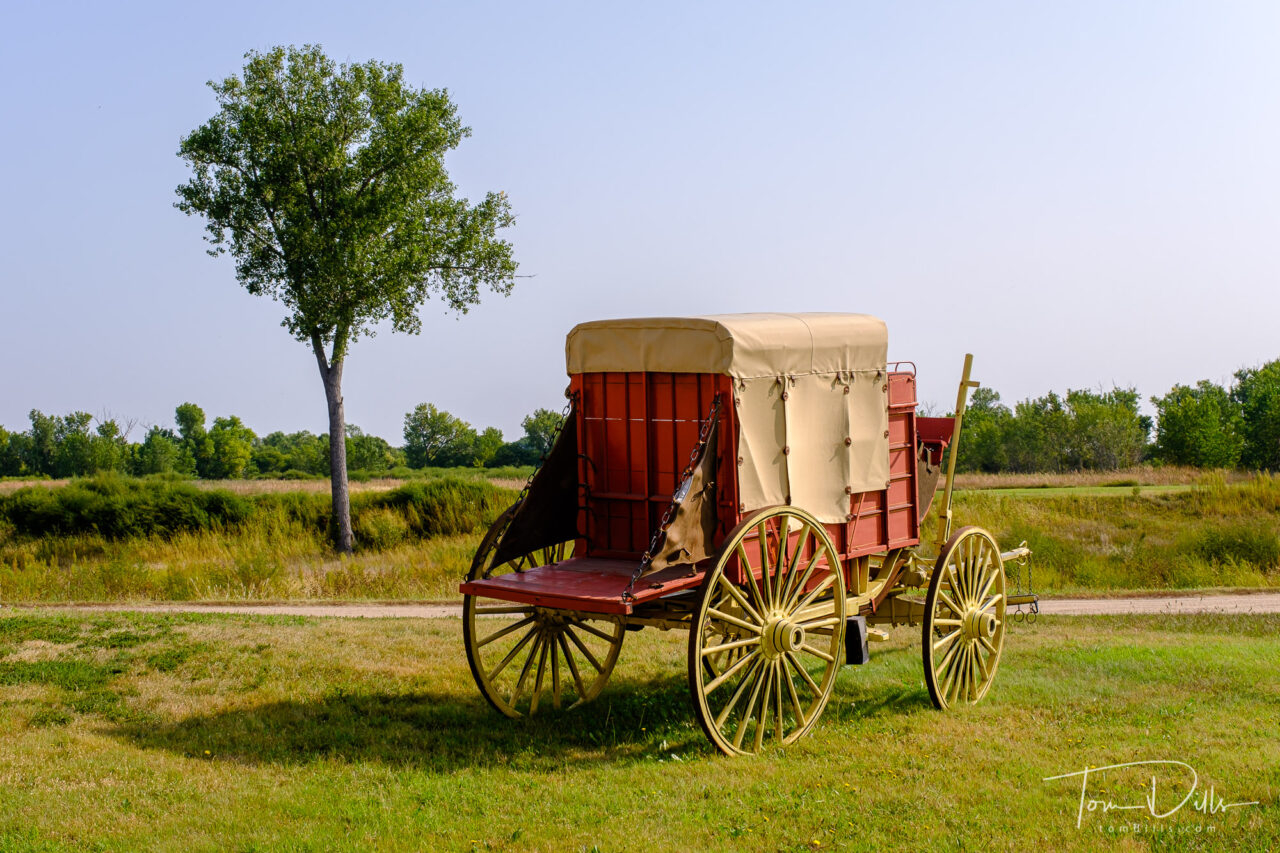
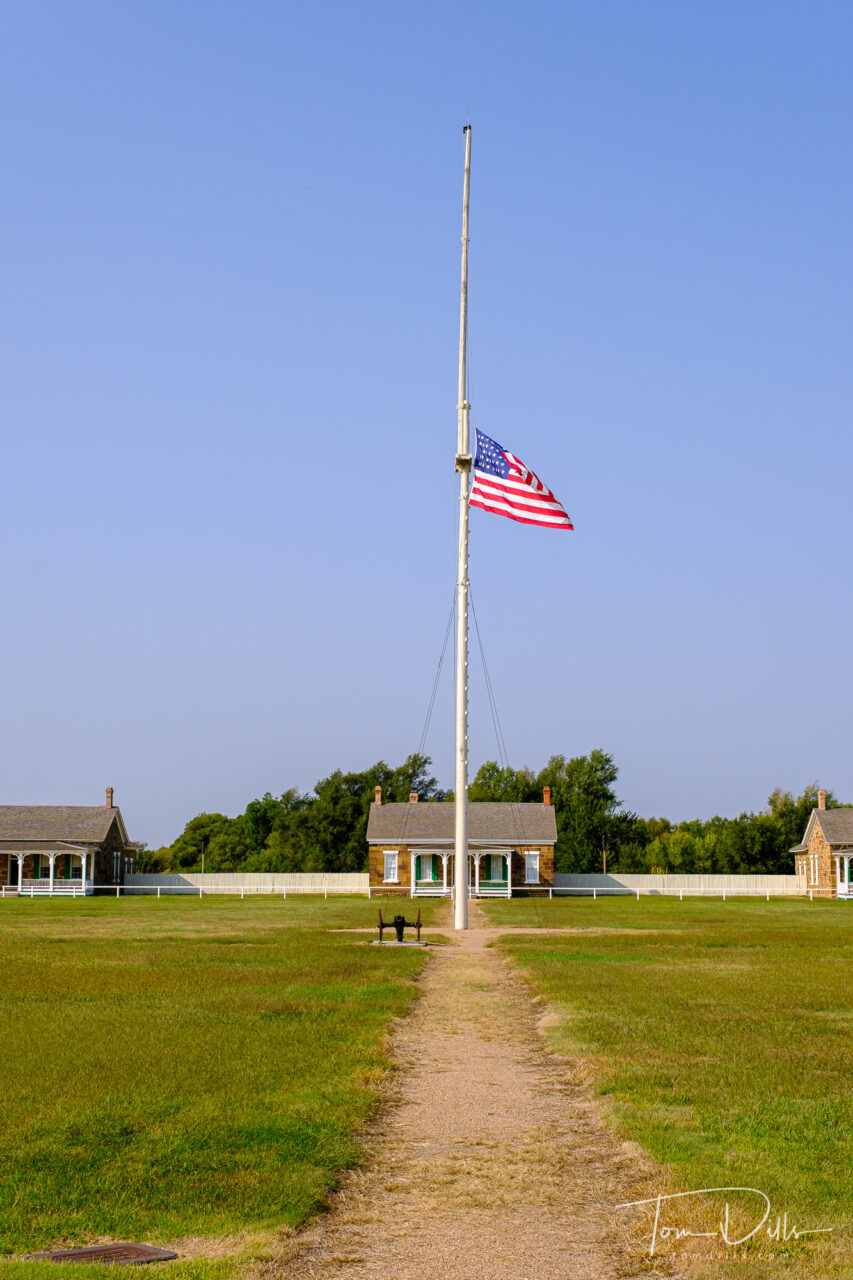


All interesting times. I am called to place myself in those times to imagine what it would have been like. The living conditions were so different than they are now, shelter, food and world views. Another good series of images.
Thank you, Monte. Kathy & I were talking just yesterday about all the things we’ve learned about that would have gone right through our ears in school. I think it makes a huge difference to actually be at these places and, as you say, imagine being there under the original conditions.
Hold onto your hat out there – looks a little blustery!